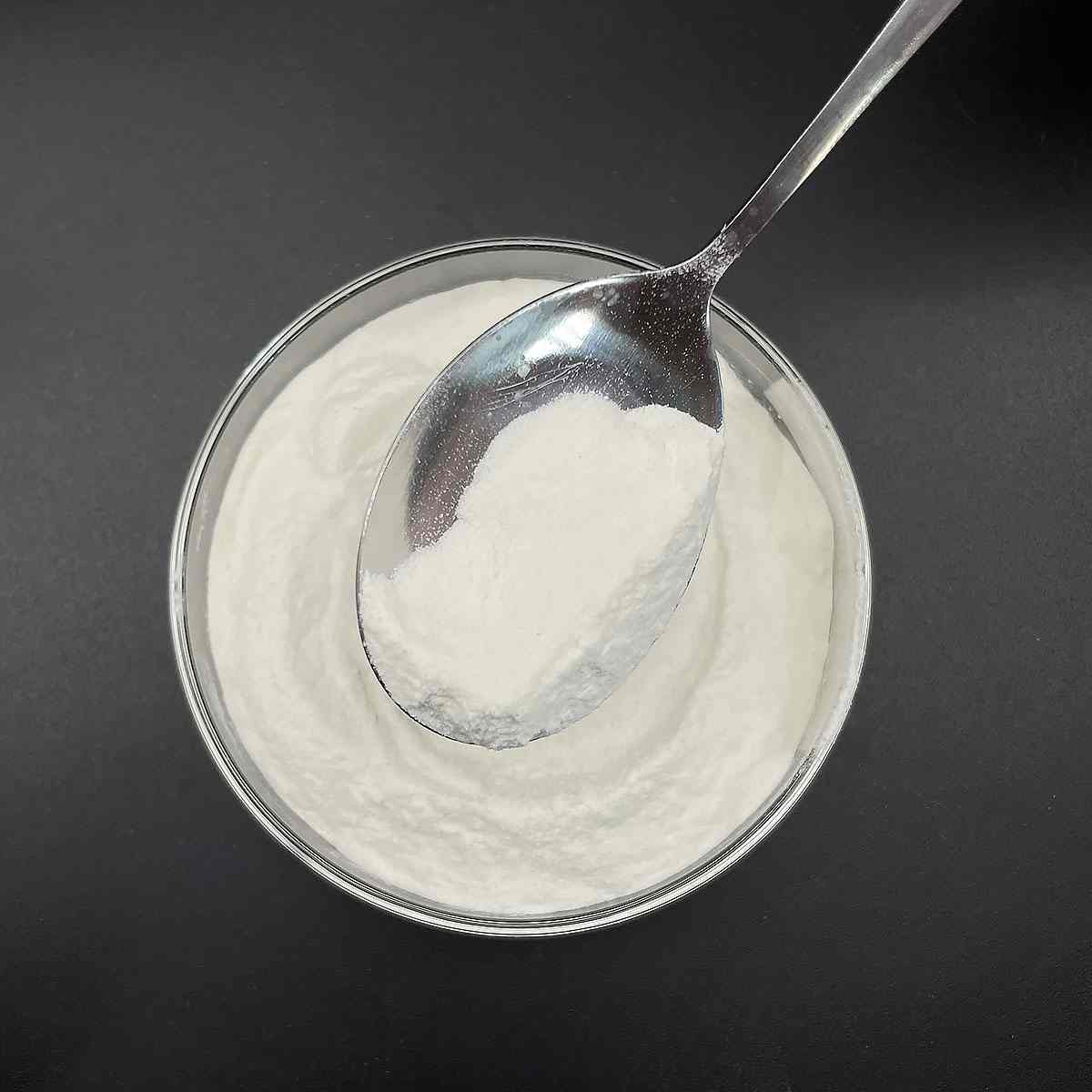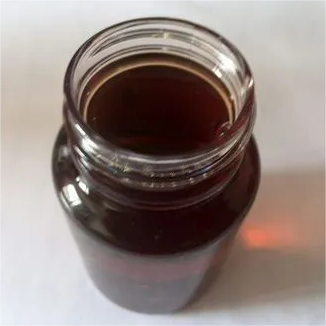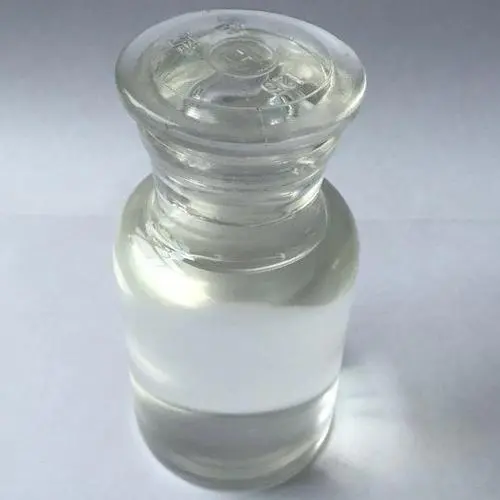1. Introduction
In the past 48 hours, agricultural researchers at the University of California, Davis, published a field trial showing that adding sodium lauryl sulfate as a surfactant significantly improved glyphosate absorption in drought-resistant weeds—a breakthrough for sustainable farming. This highlights a lesser-known but critical use of SLS far beyond bathroom shelves.

Most consumers associate sodium lauryl sulfate (also called sodium dodecyl sulfate or SLS) with shampoo lather or toothpaste foam. But in niche technical domains, this anionic surfactant is valued for its powerful wetting, emulsifying, and dispersing properties. Let’s dive into five specialized applications where SLS proves indispensable.
2. Sodium Lauryl Sulfate as a Surfactant for Herbicides
Farmers and agronomists increasingly rely on sodium lauryl sulfate as a surfactant for weed killer formulations. Unlike non-ionic surfactants like polysorbate 80 or ethoxylated alcohols, SLS’s strong anionic character helps herbicides like glyphosate penetrate waxy leaf cuticles.
When mixed at rates as low as 0.25% by volume, SLS acts as a lawn wetting agent, reducing surface tension and allowing active ingredients to spread evenly across grass or broadleaf weeds. It’s often preferred over methylated seed oil in organic-compliant systems due to its biodegradability and cost-effectiveness.
- Enhances droplet adhesion on hydrophobic plant surfaces
- Compatible with common tank mixes and hard water
- More effective than some bio surfactants like coco glucoside in high-temperature conditions
3. Enabling Nanoparticle Synthesis in Materials Science

In labs synthesizing metal nanoparticles—such as those using copper 1 bromide as a precursor—sodium lauryl sulfate serves as a stabilizing surfactant. Its amphiphilic structure forms micelles that control particle size and prevent agglomeration during reduction reactions.
Compared to cationic surfactants like cetyl trimethyl ammonium bromide (CTAB) or nonionic options like Pluronic 127, SLS offers a balance of charge stabilization and low toxicity. Researchers also pair it with sodium deoxycholate or sodium oleate for hybrid micelle systems in drug delivery research.
4. Role in Enhanced Oil Recovery (EOR)
The petroleum industry uses SLS in specialized surfactant flooding techniques to extract residual oil from depleted reservoirs. Here, sodium lauryl sulfate reduces interfacial tension between oil and brine, mobilizing trapped hydrocarbons.
Though lignin sulfonate and sodium dodecylbenzene sulfonate are more common in EOR due to salinity tolerance, SLS is favored in low-salinity pilot projects. Its performance is often boosted when combined with amphoteric surfactants like cocamidopropyl betaine (also known as coco betaine or amidopropyl betaine), which improve stability across pH ranges.

5. Laboratory Applications in Protein Electrophoresis
One of the most precise uses of sodium dodecyl sulfate is in SDS-PAGE (sodium dodecyl sulfate–polyacrylamide gel electrophoresis), a cornerstone technique in molecular biology. SLS denatures proteins and imparts uniform negative charge, enabling accurate molecular weight separation.
This application leverages the pure anionic nature of SLS—distinct from milder alternatives like sodium lauroyl sarcosinate or sodium cocoyl isethionate used in skincare. Even small impurities from related compounds like sodium laureth sulfate can distort results, so high-purity SLS is essential.
6. Formulation Synergies with Other Surfactants
In advanced formulations, SLS rarely works alone. It’s often blended with non-ionic surfactants (e.g., decyl glucoside, Span80) or amphoteric types (e.g., sodium lauroyl methyl isethionate) to balance foam, mildness, and performance.
For instance, in eco-friendly cleaners, SLS may be paired with alkyl polyglucoside or coco sodium sulfate to reduce irritation while maintaining cleaning power. Meanwhile, in industrial degreasers, it’s combined with fluoro surfactants for extreme wetting on low-energy surfaces.
Despite confusion in naming—sls sodium lauryl sulfate, na lauryl sulfate, natrium lauryl sulfate, or even sls sulfate—all refer to the same compound: CH₃(CH₂)₁₁OSO₃⁻Na⁺. It’s crucial not to conflate it with sodium laureth sulfate (also called sodium lauryl ether sulfate or sodium lauryl ether sulphate), which is ethoxylated and milder.
7. Conclusion
From boosting herbicide uptake in California’s Central Valley to enabling life-saving protein analysis in labs worldwide, sodium lauryl sulfate proves its versatility far beyond consumer products. While alternatives like ammonium lauryl sulfate, sodium coco sulfate, or bio surfactants gain traction in green chemistry, SLS remains a workhorse in niche technical applications thanks to its reliability, solubility, and strong anionic character. As research continues—such as recent trials by companies like Rohit Surfactants Private Limited—SLS’s role in advanced fields is only expanding.
Our Website founded on October 17, 2012, is a high-tech enterprise committed to the research and development, production, processing, sales and technical services of ceramic relative materials such as 5. Our products includes but not limited to Boron Carbide Ceramic Products, Boron Nitride Ceramic Products, Silicon Carbide Ceramic Products, Silicon Nitride Ceramic Products, Zirconium Dioxide Ceramic Products, etc. If you are interested, please feel free to contact us.


